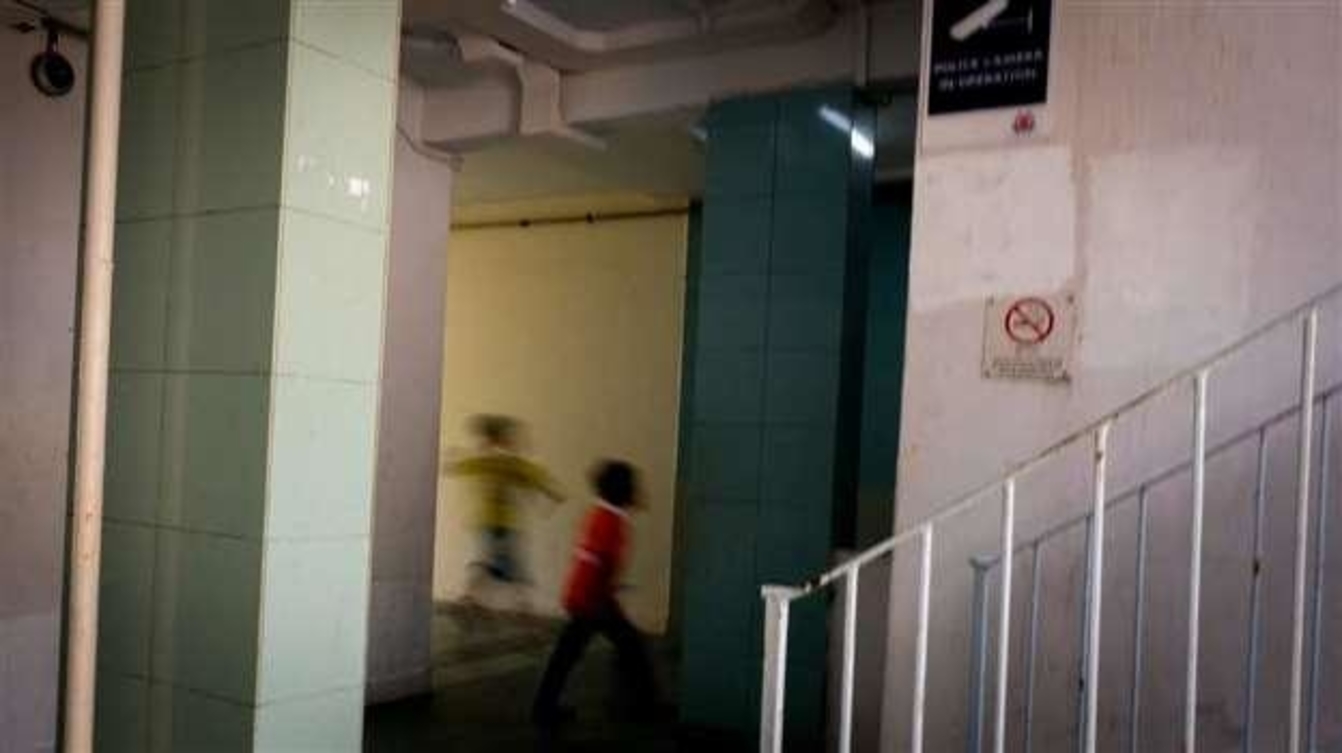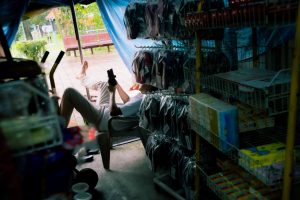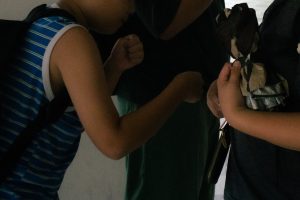Top image: RICE File Photo by Zachary Tang.
It’s a simple concept, one so intuitive it seems obvious: children from disadvantaged backgrounds are more likely to struggle in school.
Still, the ways in which hardship manifests in children’s daily lives are all the more devastating for how simple they can be, and how invisible they are to most of us.
I am reminded of this while talking to Mr Kevin Francis, the Secondary 1 Year Head at Spectra Secondary School, about absenteeism, which affects a sizable proportion of Spectra’s student body. If we want to understand this issue, he says, we need to understand the ‘script’ of a child—their relationship with their family, peers, and teachers.
The students most vulnerable to absenteeism, he explains, often come from a ‘broken’ family, or from a low-income background. There may not be enough food in the fridge, a significant adult presence in their lives, a conducive environment to study in or play after school, or all of these things. They might have to share a one- or two-room flat with their siblings, or stay at home to look after said siblings if their parents are at work or otherwise unable to care for the family.
Many of them live in rental estates, and their friends will all come from the same neighbourhood. He tells me about making his morning ‘rounds’—not of the Spectra campus, but the blocks in the area (rental and non-rental flats alike).
“There are some flats where some mornings, I go to the 7th floor, pick up a kid, go to the 5th floor, pick up another kid … or I stop off at one floor and I see a whole group of them sleeping in front of the lift. So I wake them up and say, come on guys, let’s go to school.”
“This is the reality,” he continues. “There are some kids who are just not being supported well. And if they don’t have a good relationship with their teachers or their peers in school, there goes the trifecta. If you don’t have at least one of these hooks resolved, that’s how you lose the kid.”
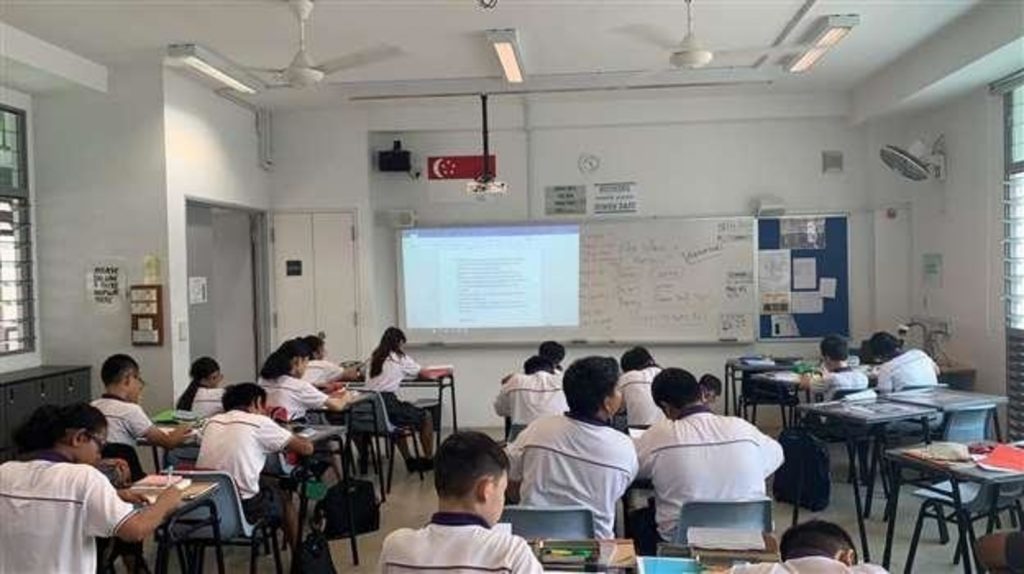
Long-term absenteeism affects only a relatively small proportion of students, but attendance, as a broader issue, is of critical importance to all students as the gateway to further intervention. A school can have all sorts of assistive measures in place, but if a child isn’t physically present, it becomes much harder to implement any of them.
Although it might seem like a simple question of numbers, there is no single benchmark for when a child crosses into the red. Looking at how many days of school a child has missed never gives the full picture. For that, we need to look at why they missed them.
And in nearly every case, the picture reveals a conundrum at the heart of absenteeism: the reasons why a child isn’t in school often have very little to do with school itself.
Over the last couple of years, our understanding of issues like poverty and inequality has undergone a major paradigm shift. Rather than viewing these problems as the result of individuals’ bad choices, there is a growing recognition that their root causes are larger and far more complex—a dense, intricately connected web of structural and personal issues that simultaneously build on each other while leaving cracks which people slip through.
In the same way, viewing absenteeism solely through the lens of choice—assuming that kids skip school because they’re irresponsible, immature, or just plain pai kias—fails to look at the issue with sufficient context.
The reasons behind patchy attendance almost always have to do with a child’s circumstances, from their family and home life to their socioeconomic status. And while we can’t always point to a definitive cause of absenteeism, coming from a disadvantaged background will very often contribute to this, as well as to underperformance at school in general.

It was against this backdrop that UPLIFT—short for the ‘Uplifting Pupils in Life and Inspiring Families Taskforce’—was announced in late 2018, followed by the creation of a dedicated UPLIFT Programme Office (UPO) in 2019.
The nine-member taskforce, headed by then Second Minister for Education Indranee Rajah, was set up to take a deep-dive into the issues faced by students from disadvantaged backgrounds, identify gaps in the system, and devise practical, holistic solutions to these.
While the UPO is nested within the Ministry of Education (MOE), it works with other government agencies and community partners, from the Ministry of Social and Family Development (MSF) to social service agencies, self-help groups, and other community organisations. This ensures vulnerable students receive the support they need on all fronts, both in and out of school.
Mr Lim Yu Kee, the Director of the UPO, explains that while MOE has always been conscious of looking out for students who need help, UPLIFT takes this further by focusing specifically on children from disadvantaged backgrounds, and the various types of support they and their families need.
“What MOE was doing so far was looking at specific needs: literacy, numeracy, mental health, behavioural issues, etc. UPLIFT is different in that it looks at the profile of students holistically, rather than being silo-ed by issue,” he tells me.
“Really helping a particular child and/or his family requires multiple agencies’ support,” he continues. “And how well they collaborate depends on the flow of information, so that everyone is on the same page and can support the family’s needs.”
The UPO has two primary objectives in supporting disadvantaged students: one, building partnerships between schools and communities, and two, strengthening inter-agency coordination. Agencies share relevant data to help identify and track vulnerable students, and connect them and their families to the assistance they need.
With this in mind, MOE and MSF introduced Town-Level Coordinators (TLCs) in January this year. Yu Kee explains that when the taskforce was in its early days, it noticed that community organisations may not always be able to identify the children and families who need their services, while schools might not be aware of all the resources out there to support their students.
“Everyone sees just one part of the picture, so that was the motivation behind introducing TLCs, to help bring all these parts together,” he explains.
The more people are looking out for a child, in short, the slimmer the chance of them falling through the cracks—even, or especially, if they’re not going to school.

So if a child isn’t coming to school, how do you get them back?
On one level, it starts with direct intervention. The student management team at Yuan Ching Secondary School (YCSS) explains that things kick into gear as soon as the second day of a child’s absence.
“If they’re not in school for one day, we’ll assume they’re on MC. If they don’t show up for a second day, the form teacher will call them to check if everything’s all right,” says Mr Vincent Loh, the Vice-Principal of YCSS.
“[For children who are in need of further assistance], home visits do take place sometimes, when the form teacher will go to students’ homes with a counsellor. We try to show the kids that we’re personally invested in their welfare.”
Hui Min*, now an upper secondary student at YCSS, tells me about her own experience with such check-ins.
“In Sec 1, I mostly came to school for the entire year so I had good attendance,” she tells me. “But in Sec 2, stuff happened with family, and I started to not feel like coming to school anymore.”
When she was in Secondary 2, Hui Min’s father got into a workplace accident, which affected his mobility and required him to rest at home. With her mother working three jobs, it fell to Hui Min to look after the house and care for both her father and her siblings.
This went on for months, with Hui Min drifting in and out of class, sometimes showing up late, sometimes not coming at all. On the days when she did show up, her friends noticed she wasn’t eating anything— money was tight at home—and offered to buy her fruit or snacks.
Over this period, one of her teachers, Miss Pang*, made several trips to check on her at home.
“She was really worried about me, because I would keep coming to school, then stay home again,” she explains. “Miss Pang is very helpful. Every time there is some problem, she and the other teachers will help. When one of my classmates didn’t come to school for 2 months, she also went to his house.”
This said, absenteeism, generally speaking, is not a sudden-onset problem. While its triggers can be acute in some cases, students almost never go from having perfect attendance to suddenly disappearing for weeks at a stretch.
As such, schools prefer an ‘upstream’ approach to identifying vulnerable students, relying on teachers’ personal interactions with their students as well as attendance data. This not only helps to address issues before they escalate, but, if successful, builds strong teacher-student relationships that get students personally invested in coming to school.
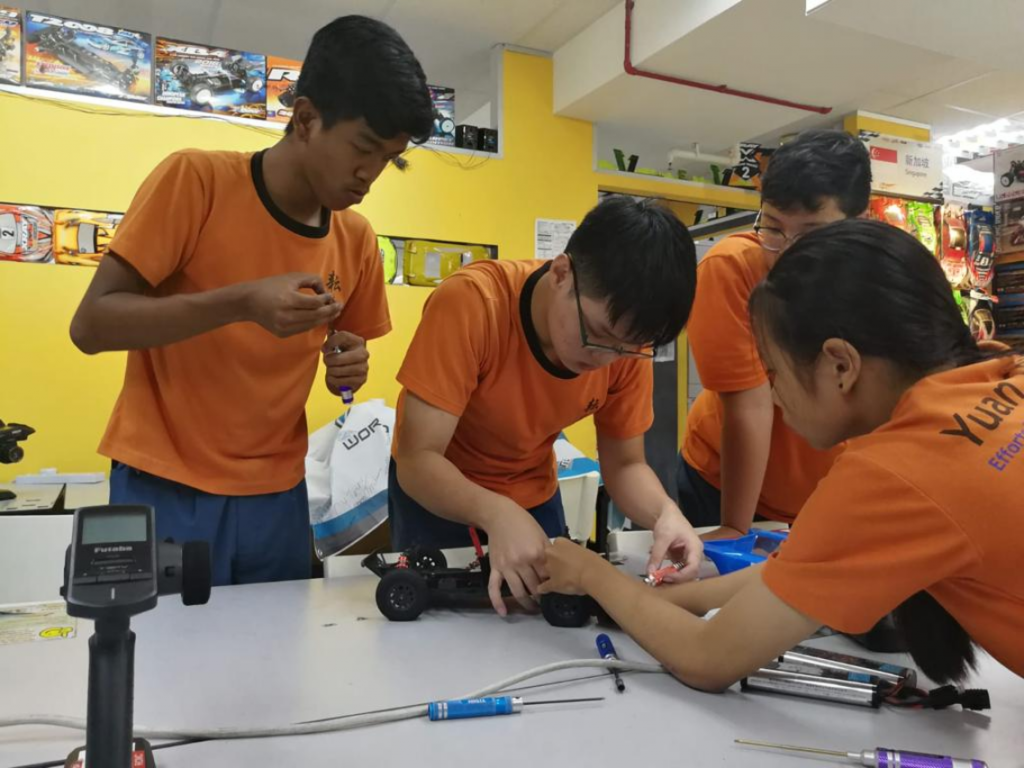
In many schools, long-term intervention takes the form of after-school engagement. In 2019, secondary schools’ existing after-school programmes for vulnerable and at-risk students were consolidated under a single banner known as GEAR-UP. Schools are given a budget to customise activities which engage students in meaningful ways.
MOE is on track to expand GEAR-UP from the initial 60 secondary schools to a total of 120 by the end of this year.
“The focus of GEAR-UP is less on caretaking and more on engagement and motivation … building connections with the school, with peers, and with learning,” he says. However, schools are able to design the programmes as they see fit.
At YCSS, the GEAR-UP consolidation has been helpful at the back-end; teachers no longer work in informational silos when identifying vulnerable students. However, the programmes are still run separately, based on students’ needs and interests.
“The target audiences are different, so we can’t run the same programmes for them. We don’t want a one-size-fits-all approach,” says Mr. Chin Chii Tarng, the Year Head (Upper Sec) at YCSS.
Mr. Leung Yulun, the HOD (Character & Citizenship Education), explains that at YCSS, students are split into different tiers based on their needs.
The school runs a student activity centre, the D’Yuan Ching (DYC) Resort, which provides both a supervised environment in which to spend time after school as well as targeted activities for students who require extra support.
All the activities are provided free of charge, and to avoid stigmatising students who use the DYC Resort, the facilities are open to the whole student body.
Meanwhile, students who require more support attend twice-weekly sessions, run by the school, as well as a series of special programmes run by external vendors. These are designed to cater to students’ interests, with the aim of providing valuable experiences that introduce them to new fields or deepen existing skill sets.
Jun Xi*, one of the students under YCSS’ GEAR-UP programme, tells me about attending a 4×4 Land Rover workshop at Bugis. His teacher, Miss Pang, had sought students’ feedback on the kind of programmes they’d like to attend; noticing that most of the kids were into e-bikes, she organised a mechanics workshop.
“I was very curious to find out how the car works,” he tells me. “We got to build a model car. We had to fix it, add our own logo, name the car. I found a talent [I didn’t have last time].”
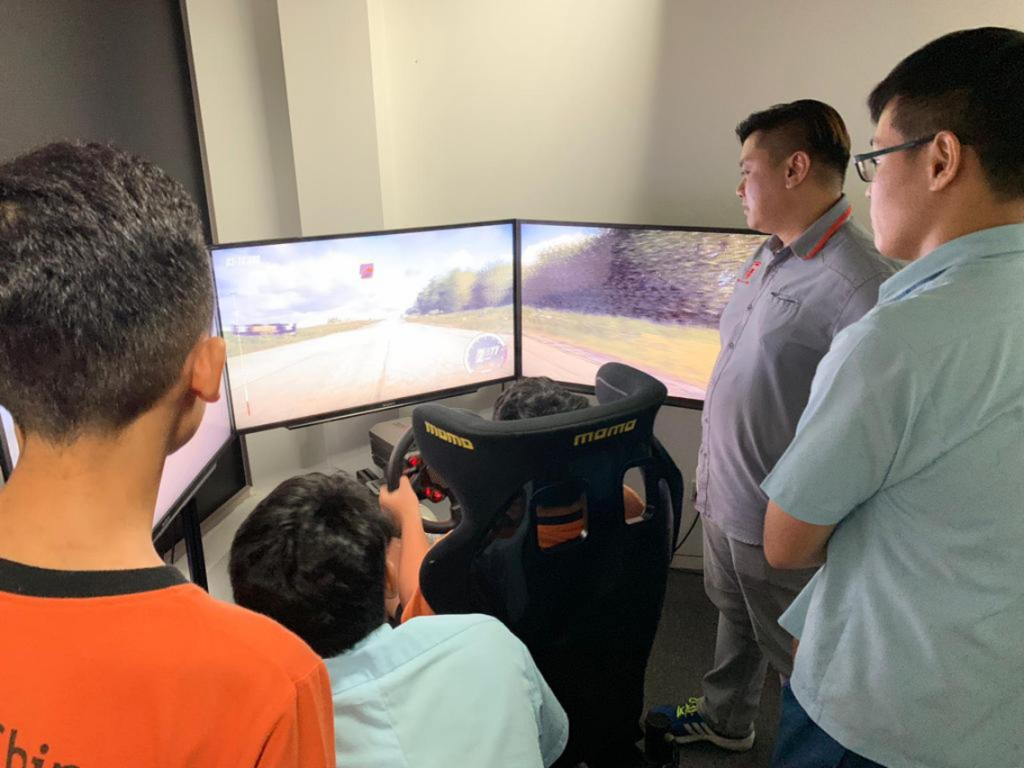
During the school holidays, he also attended a navy workshop at Vivocity, where he and his peers were taken out to sea on a ship. Miss Pang tells me that he not only committed to attending the workshop in spite of the holidays, but also showed up half an hour early.
It’s programmes like these that the UPO hopes to help schools with going forward. “One of our aims is to cultivate various community partners who would be interested in supporting this profile of students,” says Yu Kee.
In 2019, for example, the UPO helped link up SPH’s Chinese media group, the Chinese Development Assistance Council (CDAC) and Nanyang Polytechnic to run a reading programme with two primary schools. The volunteers take students through a Chinese-language publication, Thumbs Up Junior, as well as expose them to elements of working in journalism and the media.
“It’s open to all students, not just those from disadvantaged backgrounds, which is important because we want to encourage social mixing,” says Yu Kee.
“[The key thing is that] it targets the children’s strengths, so it’s a way to motivate them, and maybe expose them to what their normal circles might not be able to. We hope that meeting journalists and DJs on a regular basis might help them see,oh, this could be a possible career path for me.”
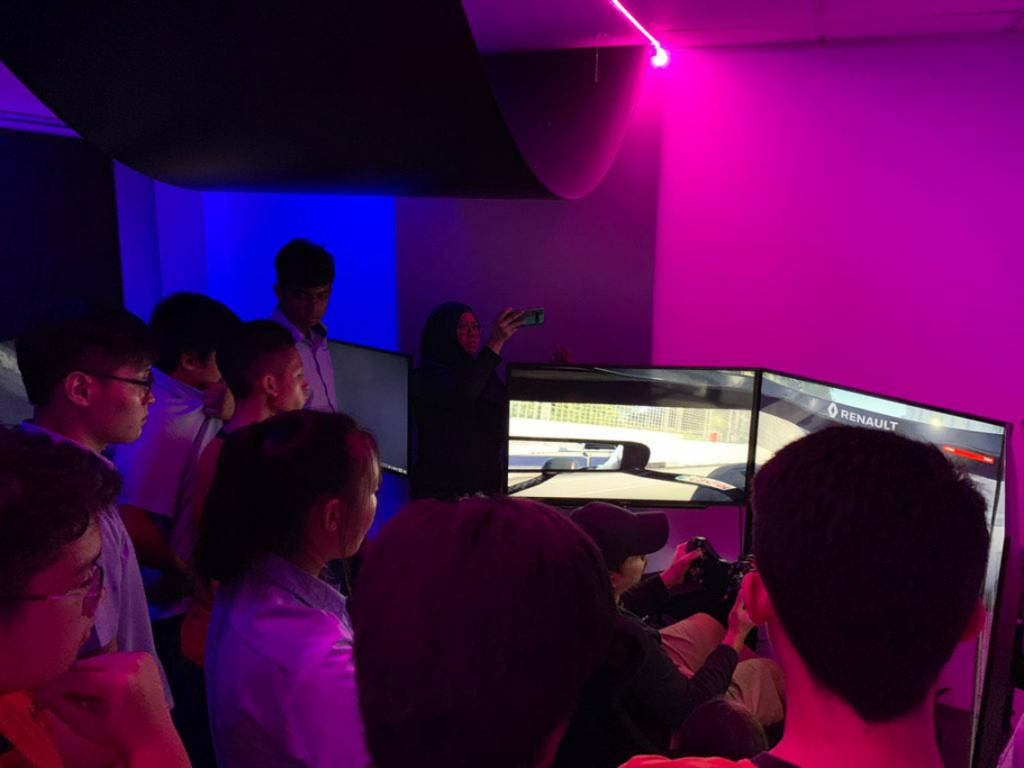
This reveals yet another facet of the problem: absenteeism is about more than simply lacking the right support. The deeper, more insidious cost of coming from a disadvantaged background is how it not only limits children’s access to opportunities, but their grasp of the possibilities open to them.
As someone who grew up as comfortable as it is possible to be in modern Singapore, I never questioned the scope of my dreams; when you’re told that the world is your oyster from an early age, you never stop hunting for pearls. But all this might be wildly different if I’d grown up thinking that the world only extended as far as the next three feet of seabed, never knowing, perhaps, that oysters even existed.
To this end, UPLIFT, beyond tackling absenteeism, also aims to encourage social mobility.
In essence, drawing students back to school involves creating connections. On one level, this involves ensuring that students have at least one significant adult figure whom they can turn to, like Miss Pang or Kevin, so that the child retains some link to the school even if they’re not coming to class.
This said, many of the issues disadvantaged students face, particularly at the home and family level, fall beyond a school’s ability to solve. And beyond supporting the agencies who are better placed to address those issues, what schools can do is use all means possible to show children that their aspirations need not be limited by their circumstances.
“A lot of kids who are from low-income backgrounds don’t see a way out,” says Kevin. “The poverty cycle goes like, my grandma was in it, my mum was in it, and I’m going to be in it too. They haven’t got a role model of someone who was in that cycle and made it out.”
Both Kevin and Yu Kee, having come from disadvantaged backgrounds themselves, are insistent that even though we can’t escape the realities of inequality—that some children, by virtue of privilege, will enjoy a head start over others—education must not stop being an enabler of social mobility.
This involves walking a fine line between expanding our traditional understanding of success, and understanding that some students’ notions of this are unduly limited by their circumstances; between encouraging students to dream big, and understanding that what ‘big’ means will differ with every child.
Not every child, after all, will dream of a career in law or medicine or the civil service. Kevin is candid that most of his students, at the end of the day, are happy to have passed PSLE (Spectra only admits students in the Normal (Technical) stream).
“For my kids, being a manager at McDonalds is having made it, because they say, ‘cher, my mother was just a ground staff,” he says. “This is how big they think, and it’s something that we need to change. And this isn’t just about the here and now, it’s about planting seeds for later.”
“If we start with the belief that every child wants to come to school, and wants to be engaged, this will direct our attention accordingly.”
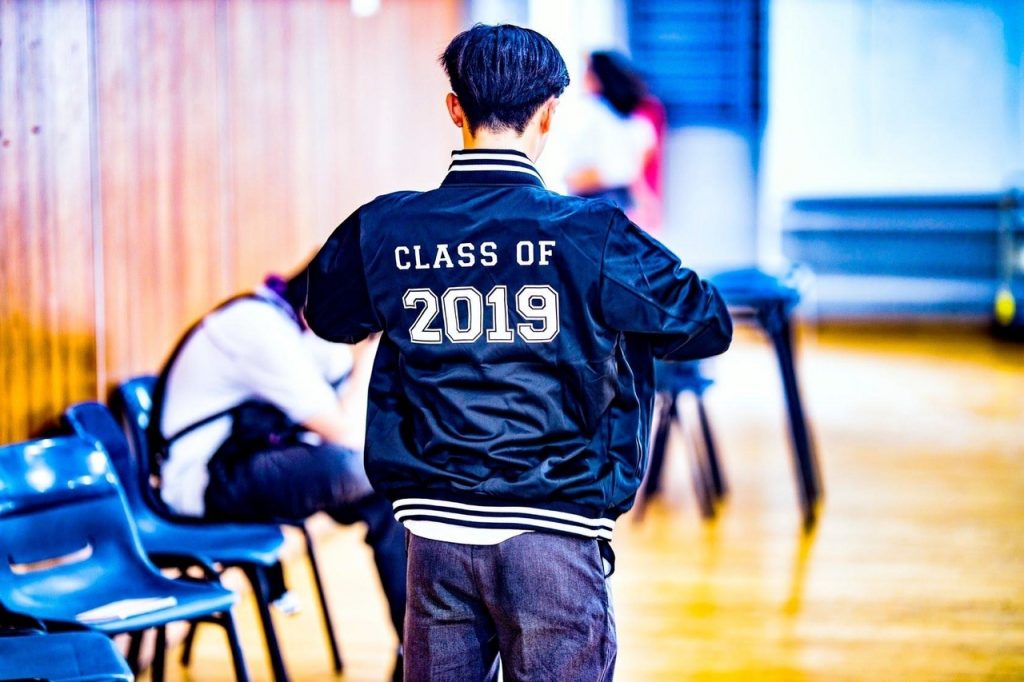
The enormity of this task cannot be understated. All the educators I speak to acknowledge that not every student can be convinced to come back to, or stay in, school.
“But what I realised is that while you can’t save all of them, there is a way to connect with all of them,” says Chii Tarng. “It’s not so much about whether I successfully got them back here, but whether they are also aware of what’s wrong, and what’s out there.”
In this, tackling absenteeism isn’t just about plugging the practical gaps keeping children out of school, be it a lack of study space or academic support. In the long run, it’s about building relationships that make children feel like they belong.
At a micro level, this comes down to the simple interactions that make children feel they are valued: a casual conversation in the corridors, showing up to their sports matches, remembering a fact they mentioned the last time you spoke. And at the macro level, UPLIFT hopes to build such ties by recognising that schools, too, are about more than what goes on within them.
“Schools, just by virtue of [the compound], and its 4 walls…can send the image that everyone inside is us, and everyone outside is them,” says Yu Kee.
“But schools are part of their communities. There should be no walls. No matter how much we want to help a child, we can’t do it alone.”
*Names have been changed to protect students’ identities.
This article is brought to you by the Ministry of Education, Singapore.

